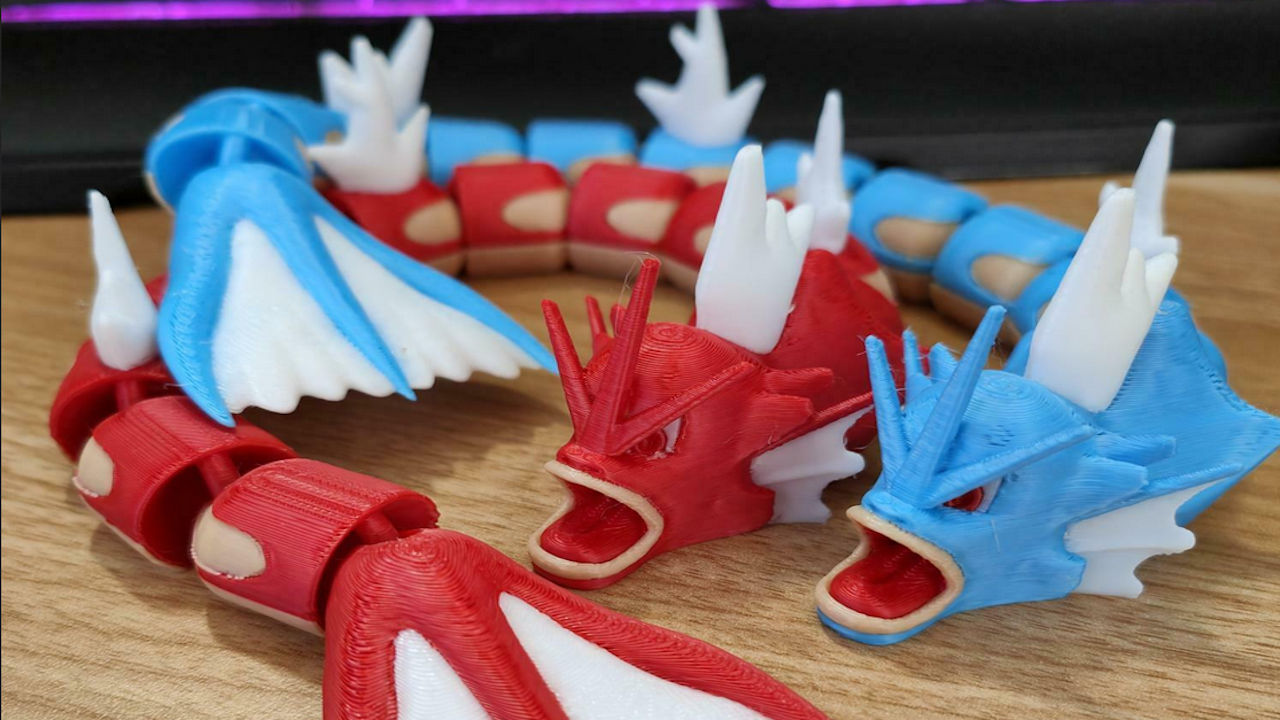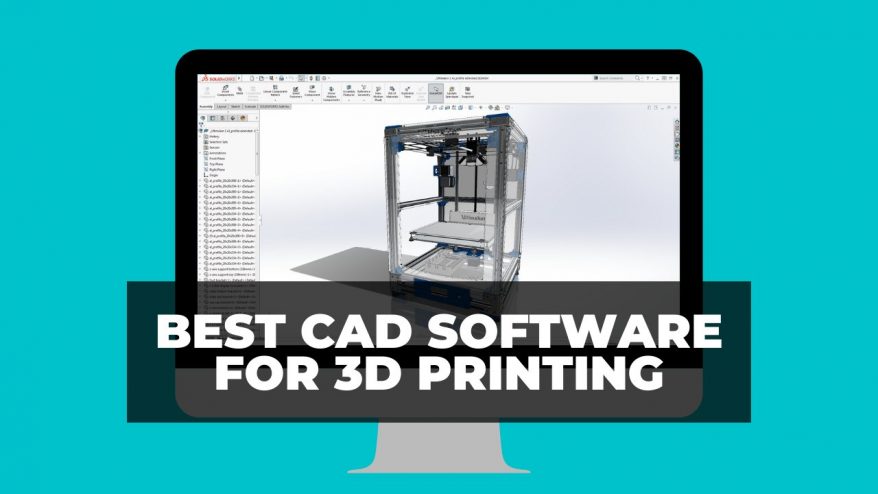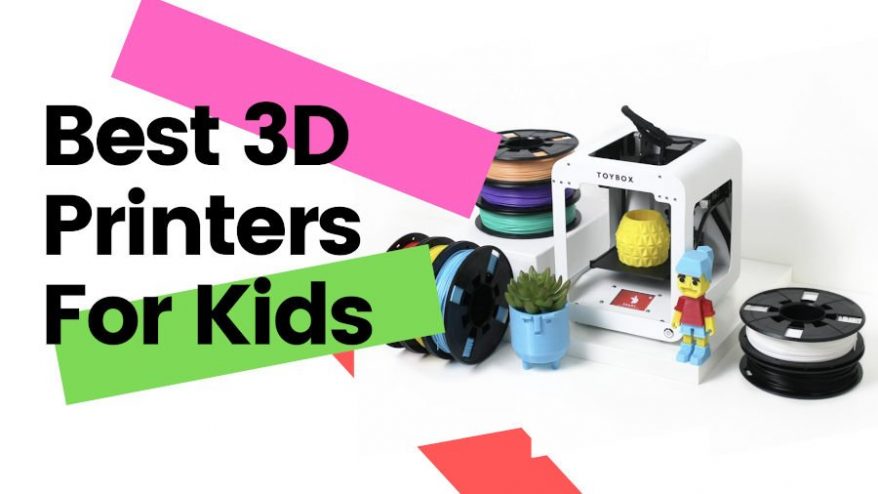
The 6 Best 3D Printers for Kids 2023 (All Price Ranges!)


At 3DSourced we’ve covered everything 3D printing and 3D since 2017. Our team has interviewed the most innovative 3D printing experts, tested and reviewed more than 20 of the most popular 3D printers and 3D scanners to give our honest recommendations, and written more than 500 3D printing guides over the last 5 years.
Gone are the days where 3D printing was too technical for the average maker. Some budget 3D printers are now usable for even young children, and parents are increasingly turning to 3D printers for kids to help them get ahead in engineering and math, while also having a great time!
A good 3D printer for kids needs to be super safe, and as easy to use as possible. Kids are curious – sometimes dangerously so – so it’s extremely important to keep any hot, sharp, or otherwise harmful parts away from them.
Super easy to set up, comes with different filament colors to get started, and a huge range of 3D printable files (including licensed Batman models!) that your kids will LOVE.
Simple and safe is better
All our recommendations are plug’n’play FDM 3D printers you can get straight to printing within 15 minutes of opening the box.
We haven’t recommended any resin 3D printers for kids. They’re more complex, and the resin materials and fumes can be irritant. We also don’t recommend any technical 3D printer kits as assembling them can be tricky and intimidating, and any 3D printer for kids should be as simple as possible to set up and use.
We also link to a few fun articles at the end for cool printing projects your kids will love.
The Best 3D Printers For Kids (In Every Price Range)
| Name | Build Volume (mm) | Price | Where to buy for the best price | Other purchase option |
|---|---|---|---|---|
| Toybox 3D Printer | 70 x 80 x 90 | $299-399 | Toybox Store here | |
| Monoprice Voxel | 150 x 150 x 150 | $399 | Amazon here | Matterhackers here |
| Dremel Digilab 3D20 | 230 x 150 x 140 | $679 | Amazon here | |
| Qidi Tech X-Plus | 270 x 200 x 200 | $699 | Amazon here | 3DJake UK & Europe |
| Dremel Digilab 3D40 EDU | 255 x 155 x 170 | $1,519 basic / $1,699 bundle | Amazon here | |
| Ultimaker S3 | 230 x 190 x 200 | $3,850 | Dynamism Store here | Matterhackers here |
What makes a good 3D printer for kids?
- Closed enclosure: to filter out fumes and keep kids away from hot parts
- Quick assembly and simple to use: either comes pre-assembled or quick to set up, and simple to use 3D slicer software
- Auto-leveling: kids may be put off or be confused by manual leveling
- Lightweight and smaller size
- Lower print temperature: and no heated bed also prevents kids burning themselves
- Filament run-out sensor, WiFi, built-in camera: all these features make for an easier 3D printing experience
Probably the single most important feature for a 3D printer for kids is a closed enclosure, especially if the printer has a heated bed. Heated beds make it possible to print tougher filaments like ABS and PC, but are very hot to touch and should be kept away from children.
- We also have a ranking of the best enclosed 3D printers.
- Also: the best auto-leveling 3D printers.
Closed enclosures keep the hot parts of a printer away from kids, removing the temptation to touch and keeping them safe. They can also keep fumes from filaments like ABS away as they can be smelly and unpleasant. (No research has been conducted to ascertain whether ABS fumes are harmful, but we recommend printing with PLA anyway).
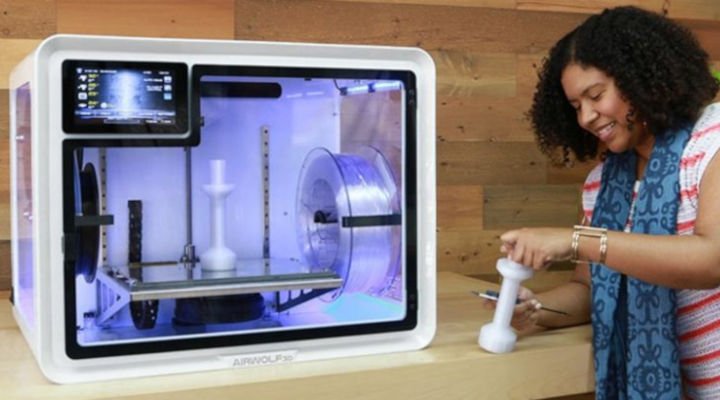
3DSourced is reader-supported. When you buy through links on our site, we may earn an affiliate commission. Learn more
Best 3D printers for younger kids
Toybox 3D Printer — Best 3D printer for kids
- Price: Starter Bundle $299 / Deluxe Bundle $349 — Available on Toybox’s site here
- Print volume: 70 x 80 x 90 mm
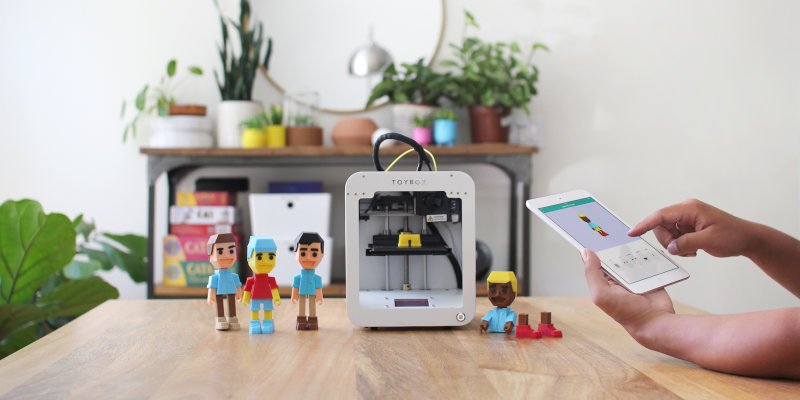
Pros
Designed for children.
Affordable price tag.
Access to free 2000+ toy print catalog.
Biodegradable, non-toxic PLA.
Cons
Small print area.
Limited scope for practical learning applications.
The ideal 3D printer for kids is super simple to use and navigate, completely safe to use, and creates hours and hours of educational fun.
Enter Toybox 3D printers, the pint-sized printer designed to get you started in no time at all: just find your favorite model (Toybox has plenty in their toy archive), and press print!
When you buy a Toybox 3D printer for your kids, you get access to their extensive toy library, so if you ever want to print some fun Easter egg-related goodies, mini F1 cars or tanks, you can do so for free, all at the press of a button. You can even print Batman action figures for Batman fans worldwide!
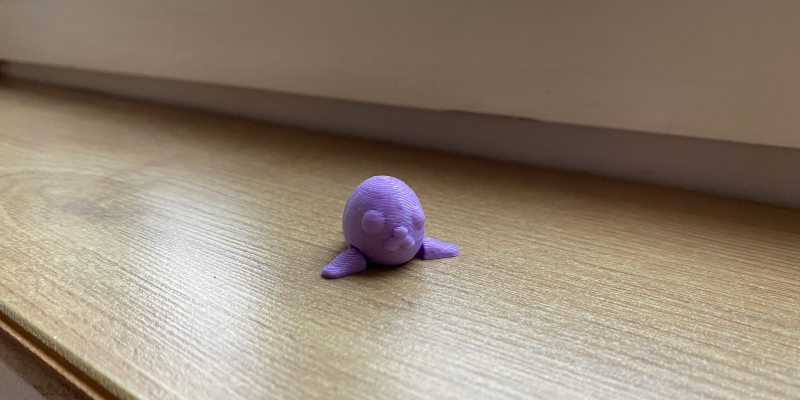
Read our review: we reviewed and tested the Toybox 3D printer.
We tested the Toybox 3D printer recently and were very impressed.
In speaking with Ben, one of Toybox’s founders, we discussed how 3D printers need to become more accessible for more people to adopt the tech, and the Toybox 3D printer for kids focuses on this simplicity more than most.
In fact, it would make a good 3D printer for teenagers, or any adult beginners to 3D printing who want a shallow learning curve.
Starting at $299 for the starter package, the Toybox offers great value for teaching your kids about design, color theory, and the basic principles of engineering, while printing their entire toy collection from their 3D printer!
Their PLA filament — affectionately called “3D printer food” — is cheap to stock up on, and you can even design your own models via their iOS and Android apps.
Super easy to set up, comes with different filament colors to get started, and a huge range of 3D printable files (including licensed Batman models!) that your kids will LOVE.
Monoprice Voxel — Simple 3D printer for kids under $500
- Price: $499 — Available on Amazon here / Available on Matterhackers here
- Build volume: 150 x 150 x 150 mm
- Flashforge Adventurer 3: Available at Flashforge here
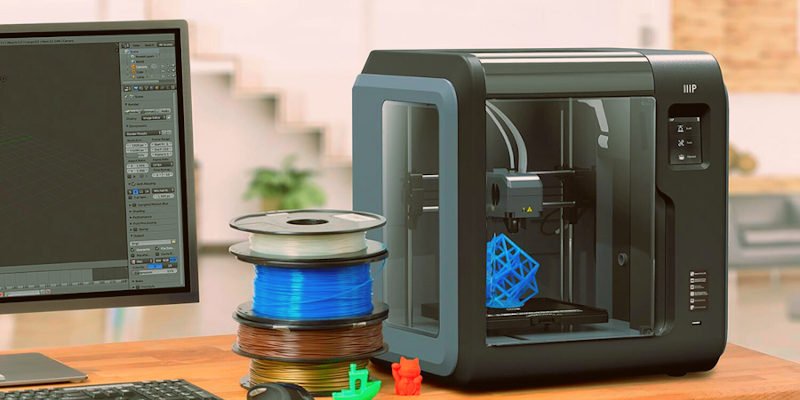
Pros
Built-in Wi-Fi and touchscreen display.
Compact design.
Lots of compatible filaments.
Cons
Small build volume.
The Monoprice Voxel is almost identical to another popular 3D printer kids, the Flashforge Adventurer 3 Lite, so feel free to use the names interchangeably.
It’s small, sleek, and compact, doesn’t weigh much, and is perfect for kids learning 3D printing who want to take on small projects. It can print ABS or PLA with its heated bed, and most importantly for safety, the closed enclosure keeps any prying young hands from burning themselves.
Most low-cost 3D printers don’t come with auto-leveling features, a really nice bonus for the Monoprice Voxel. Manual leveling is generally a hassle, an ongoing annoyance, and if you’re an impatient child who just wants to get going and doesn’t want to mess with any of the boring stuff, self-leveling is nice to have. It also keeps the printer accurate.
The full-color 2.8” touchscreen makes printing easy, and for a cheap 3D printer the Monoprice Voxel has a few neat features, including a filament run-out detector to avoid any print errors. While less focused on kids, it has a larger build area than the Toybox, though it costs $200 more.
Overall, it’s a good starter 3D printer for kids who want to have a go at 3D printing without a large investment.
Dremel Digilab 3D20 — Safest 3D printer for kids
- Price: Check latest price at Amazon here
- Build volume: 230 x 150 x 140 mm

Pros
Large build volume.
Dremel are reliable and have good customer service.
Good safety: No heated bed, so no risk of burns.
Easy to use software.
Cons
Does not provide Wi-Fi connectivity.
The first of two Dremel 3D printers featured on our best 3D printer for kids buyer’s guide, the Dremel 3D20 is easy to set up and use for kids (with the odd bit of help from their parents). It comes fully assembled and with 0.5kg filament to start with.
For a closed enclosure 3D printer under $1,000 it has a very large build volume. So, if you want to print big projects like huge action figures or other 3D printed toys, the Dremel could be the perfect printer for you. It’s reliable as a Dremel printer should be, and if you do run into problems, Dremel’s USA-based customer service will help you get your printer working again.
Another key advantage that makes the Dremel 3D20 one of the best 3D printers for kids is its safety. It only prints PLA filament, and therefore doesn’t have a heated bed — so there’s no risk there for your child to burn themselves. The 3D printing software is also very simple to use – Dremel use their version of Cura – and if anything does go wrong, you have a 1-year warranty.
Qidi Tech X-Plus
- Price: Check latest price at Amazon here
- Build volume: 270 x 200 x 200 mm
Pros
Automatic bed leveler.
Compatible with a lot of materials.
Good safety features.
Cons
Workflow can take some getting used to.
The ideal 3D printer for kids is one that is safe, reliable, filters out any fumes, and is affordable. The Qidi Tech X-Plus ticks all of these boxes, which is why it also features on our best 3D printer for beginners guide.
The closed enclosure not only keeps your child safe from the hot extruder and print head, but also keeps the printing temperature consistent so finished prints have a smoother surface area and less warping. The standard extruder it comes with is perfect for just PLA and ABS printing, though you can refit it with another extruder if you want to print at higher temperatures for filaments like Nylon or PC.
For those who want a 3D printer for kids that is also precise, this is perfect. The solid frame weighs the printer down so vibrations don’t affect your model’s surface finish, improving an already accurate 3D printer. The large 4.3” touchscreen is also great for kids and easy to use.
However, it doesn’t have a filament run-out sensor, so you’ll need to make sure you have enough filament left for your project. You can manually stop the print, change the filament, and resume, but it won’t automatically pause when filament runs out.
If you do have any problems, Qidi’s customer service pledge to respond within 24 hours, and the printer comes with a 1-year warranty. Overall, it’s very reliable, accurate, safe for kids to 3D print, and one of the best 3D printers under $1,000.
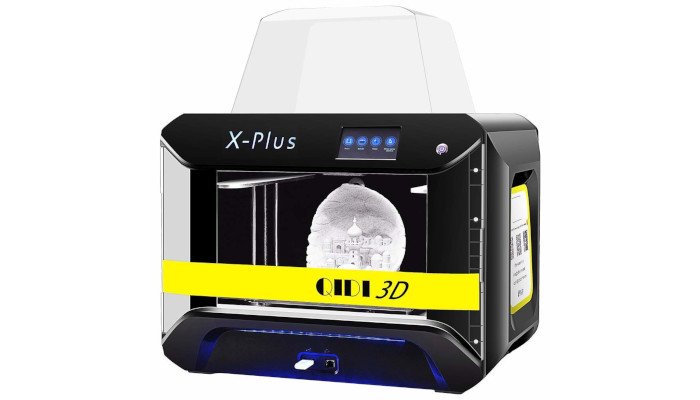
Best 3D Printers for kids (more premium & advanced)
Dremel Digilab 3D45 with lesson plans — Fantastic educational 3D printer for kids
- Price: $2,099 with lesson plans, $1,899 without — Available on Amazon here / Available on Matterhackers here
- Build volume: 254 x 154 x 170 mm
Pros
Minimal setup and easy to use features.
Compatible with lots of material types.
Comes with useful learning resources.
Cons
The price might be too high for a 3D printer for a child.
American legendary tool-producing company Dremel have recently ventured into the 3D printing industry and produced some of the best printers of the last few years. The Dremel Digilab 3D45 is especially aimed at teaching younger kids 3D printing in schools, making it perfect for parents and their kids to have fun together while also learning about engineering and making things.
You can choose to buy the printer with or without the lesson plans and extra projects, with over 30 lessons included if you decide to go for the educational bundle. It’s also accurate down to a minimum layer height of 50 microns. Even if it is focused on kids 3D printing at home rather than industrial printing, it is still very powerful and precise.
Dremel 3D printers are known for their reliability, and with the ability to print over WiFi and remotely using Dremel’s Cloud printing, it’s also very convenient. Overall, it’s a great, reliable 3D printer designed specifically for kids.
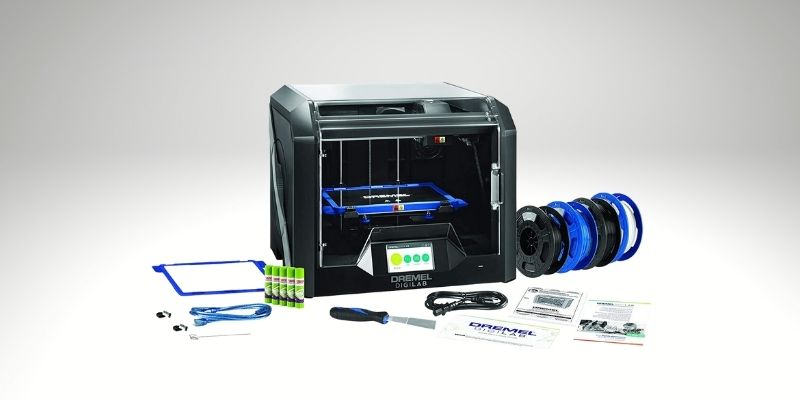
Ultimaker S3 — high-end kids 3D printer
- Price: $3,850 — Available on Dynamism Store here / Available on Matterhackers here
- Build volume: 230 x 190 x 200 mm
Pros
Easy to use.
Large touchscreen, which is easy to navigate.
Can print two materials at once with the dual extruder.
Cons
Might be too expensive for some.
More expensive than the other 3D printers we recommend for kids, but the Ultimaker S3 is a premium machine capable of extraordinary things if you’ve got the money.
Firstly, unlike the other printers on this list, the Ultimaker S3 offers a dual extruder system, handy for teaching kids about printing two materials at once, or printing two different colors simultaneously. Moreover, it’s incredibly accurate, with up to 20-micron accuracy that is barely ever seen among FDM 3D printers.
The 4.7” touchscreen is not only large and therefore easy to navigate for 3D printing, but has also won major design awards. Unlike most printers, the Ultimaker uses 2.85mm filament, but has an open filament system so you can use other filaments that aren’t made by Ultimaker.
It’s also got a built-in camera for remote print monitoring from your smartphone or another device. You can also print over WiFi rather than having to keep plugging it into your computer, or using a USB or SD card.
The source files or previous Ultimaker printers have been made available as per their open source 3D printing philosophy, so anyone who wants to tinker with their printer may find this an advantage, too. Overall, it’s a simple, sleekly-designed, and extremely accurate printer for kids who want to test the limits of their abilities.
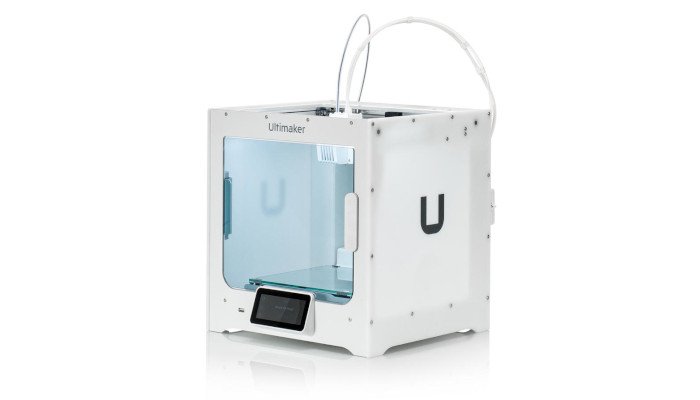
Reasons to teach kids 3D printing
There are so many key skills young kids and teenagers alike can gain from 3D printing:
- 3D design skills: if designing the model to be 3D printed instead of downloading it. By using simple and free 3D software modeling tools such as TinkerCAD or FreeCAD, kids learn 3D printing, spatial and shape skills, engineering and prototyping skills. Engineering is one of the most lucrative careers around, and this experience is hugely beneficial.
- Experience with rapid prototyping: rapid prototyping with 3D printers has become a mainstay in engineering, and early experience with creating models, tinkering with them and playing with them puts kids at a massive advantage.
- Having fun in real-life while learning: instead of spending hours on a screen, kids using 3D printers gain all these great skills, while seeing the effects of their designs appear in real-life, rather than just on a screen.
You may also like:





